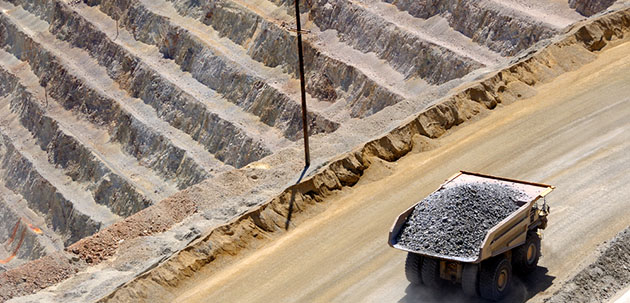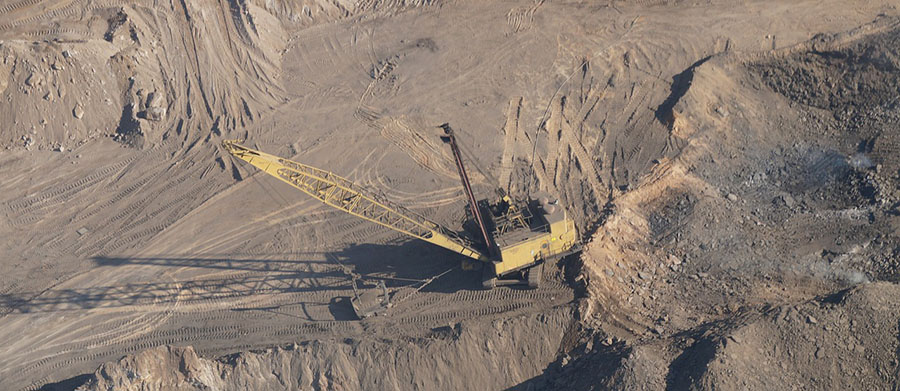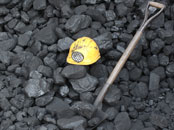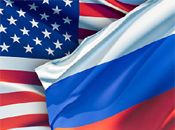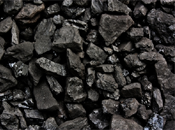The Radical Change in Asia's Coal Market
Source: James O' Connell and Mike Cooper, Platts (4/18/12)
"The narrowing of coal's trading window is a natural extension of a market maturing, with participants moving toward a more effective trading period and a true spot market."
Sustained high prices on the industry standard FOB Newcastle 6000 kcal/kg NAR quality coal began to reduce demand for the spec from late 2010, as a result of many buyers being priced out of the market.
Independent analysis from investment banks and independent market consultants has indicated a major drop in both physical and financial market liquidity.
his drop was as high as 50% in 2011 year-on-year and may indicate that confidence in the current benchmark has considerably weakened.
The slide in physical liquidity does not mean that less tonnage has been traded, on the contrary.
Unrelenting demand for imports, most importantly from China, Korea and Taiwan end-users saw Australian producers reconfigure their product offerings to align with market demand.
This is prompting a shift in Newcastle spot cargoes to a lower calorific value specification with spot volumes concentrating around a new specification of 5500 kcal/kg NAR since mid-2011.
Platts has ascertained through extensive market engagement a strong rationale for implementing a shorter delivery period with regard to Newcastle spot cargoes.
A 90-day trading window can often find a wide margin of bid offers between the front and the back-end of the window, often of the double-digit dollar variety.
Narrowing the trading window effectively reduces the ability to create such a wide range.
It's not so very long ago that the coal market was trading a 180 day forward window, and this narrowing is a natural extension of a market maturing and participants moving toward a more effective trading period and a true spot market.
The physical coal market in Asia has altered radically. In the space of twelve short months demand for physical Newcastle coal at the traditional calorific value has plummeted for every location bar Japan.
Transactions based on the current benchmark contract were down by over 50% year-on-year in 2011.
Japan has also surprised the market moving away from one-price annually agreed contracts, showing flexibility in its traditional staunch commitment to long term agreements.
Still, China remains the most influential growing market and the shift away from import of high calorific value coal is a telling indication that current benchmarks may not be the pillars they once were.
China imported 161.56 million Mt coal in January-November 2011, up almost 10% year-on-year.
While exact figures for the FOB Newcastle 5500 product are difficult to quantify – excluding Japan - research indicates that the majority of thermal coal tonnage exported from Australia fell into the lower calorific value category.
The increasing popularity of lower calorific value coal has also been evident in Indonesian coal exports, particularly to India. This is also part of a global trend indicating Asia's growing influence.
Until 2009 Europe consumed the majority of thermal coal exported from Richards Bay terminal in South Africa.
Now it is India and China in addition to Korea and Taiwan that exert dominance over this export market. - James O' Connell and Mike Cooper, Platts
Independent analysis from investment banks and independent market consultants has indicated a major drop in both physical and financial market liquidity.
his drop was as high as 50% in 2011 year-on-year and may indicate that confidence in the current benchmark has considerably weakened.
The slide in physical liquidity does not mean that less tonnage has been traded, on the contrary.
Unrelenting demand for imports, most importantly from China, Korea and Taiwan end-users saw Australian producers reconfigure their product offerings to align with market demand.
This is prompting a shift in Newcastle spot cargoes to a lower calorific value specification with spot volumes concentrating around a new specification of 5500 kcal/kg NAR since mid-2011.
Platts has ascertained through extensive market engagement a strong rationale for implementing a shorter delivery period with regard to Newcastle spot cargoes.
A 90-day trading window can often find a wide margin of bid offers between the front and the back-end of the window, often of the double-digit dollar variety.
Narrowing the trading window effectively reduces the ability to create such a wide range.
It's not so very long ago that the coal market was trading a 180 day forward window, and this narrowing is a natural extension of a market maturing and participants moving toward a more effective trading period and a true spot market.
The physical coal market in Asia has altered radically. In the space of twelve short months demand for physical Newcastle coal at the traditional calorific value has plummeted for every location bar Japan.
Transactions based on the current benchmark contract were down by over 50% year-on-year in 2011.
Japan has also surprised the market moving away from one-price annually agreed contracts, showing flexibility in its traditional staunch commitment to long term agreements.
Still, China remains the most influential growing market and the shift away from import of high calorific value coal is a telling indication that current benchmarks may not be the pillars they once were.
China imported 161.56 million Mt coal in January-November 2011, up almost 10% year-on-year.
While exact figures for the FOB Newcastle 5500 product are difficult to quantify – excluding Japan - research indicates that the majority of thermal coal tonnage exported from Australia fell into the lower calorific value category.
The increasing popularity of lower calorific value coal has also been evident in Indonesian coal exports, particularly to India. This is also part of a global trend indicating Asia's growing influence.
Until 2009 Europe consumed the majority of thermal coal exported from Richards Bay terminal in South Africa.
Now it is India and China in addition to Korea and Taiwan that exert dominance over this export market. - James O' Connell and Mike Cooper, Platts




